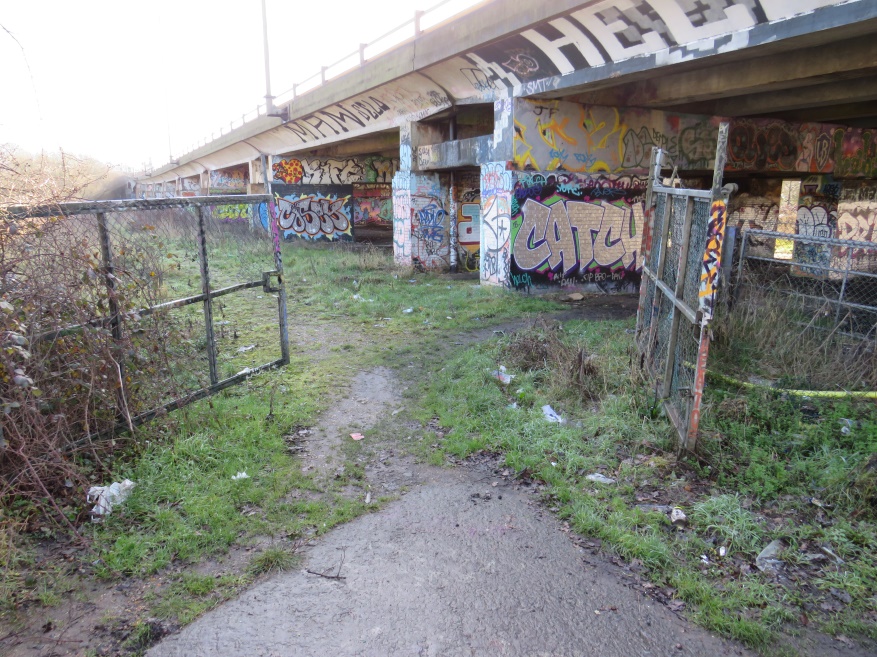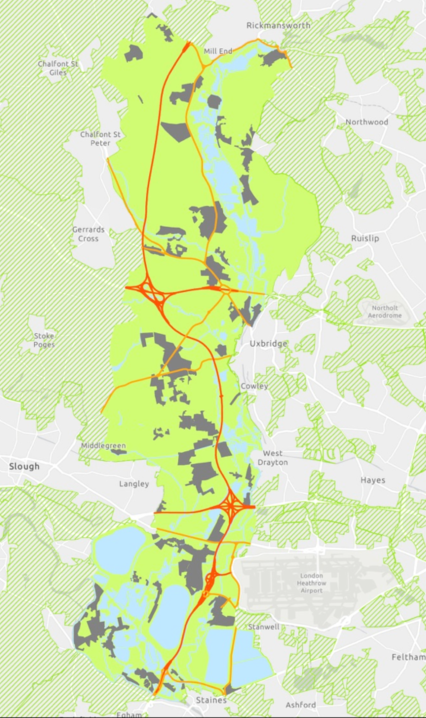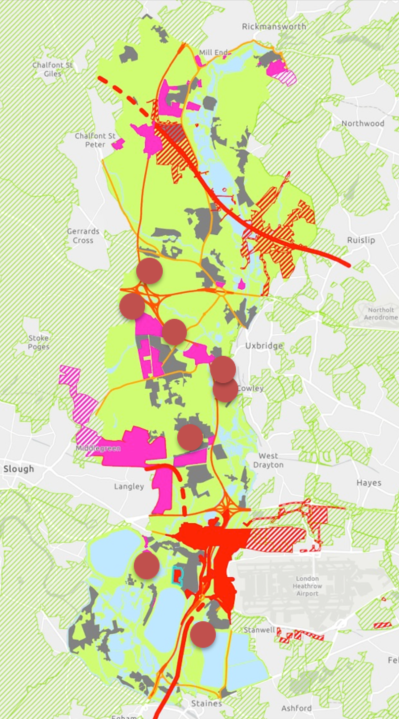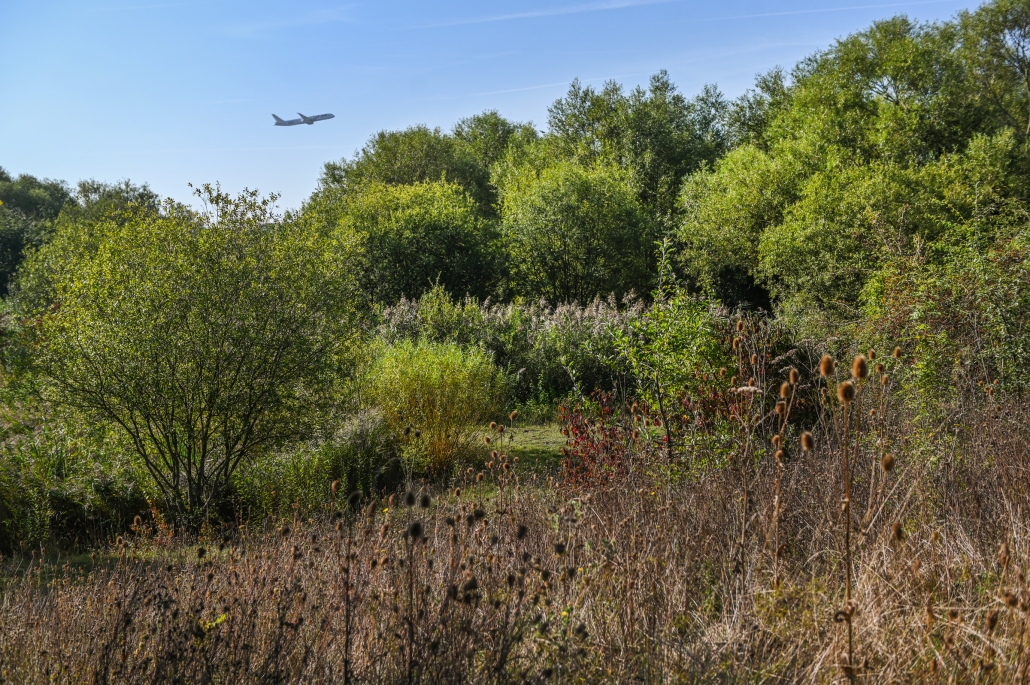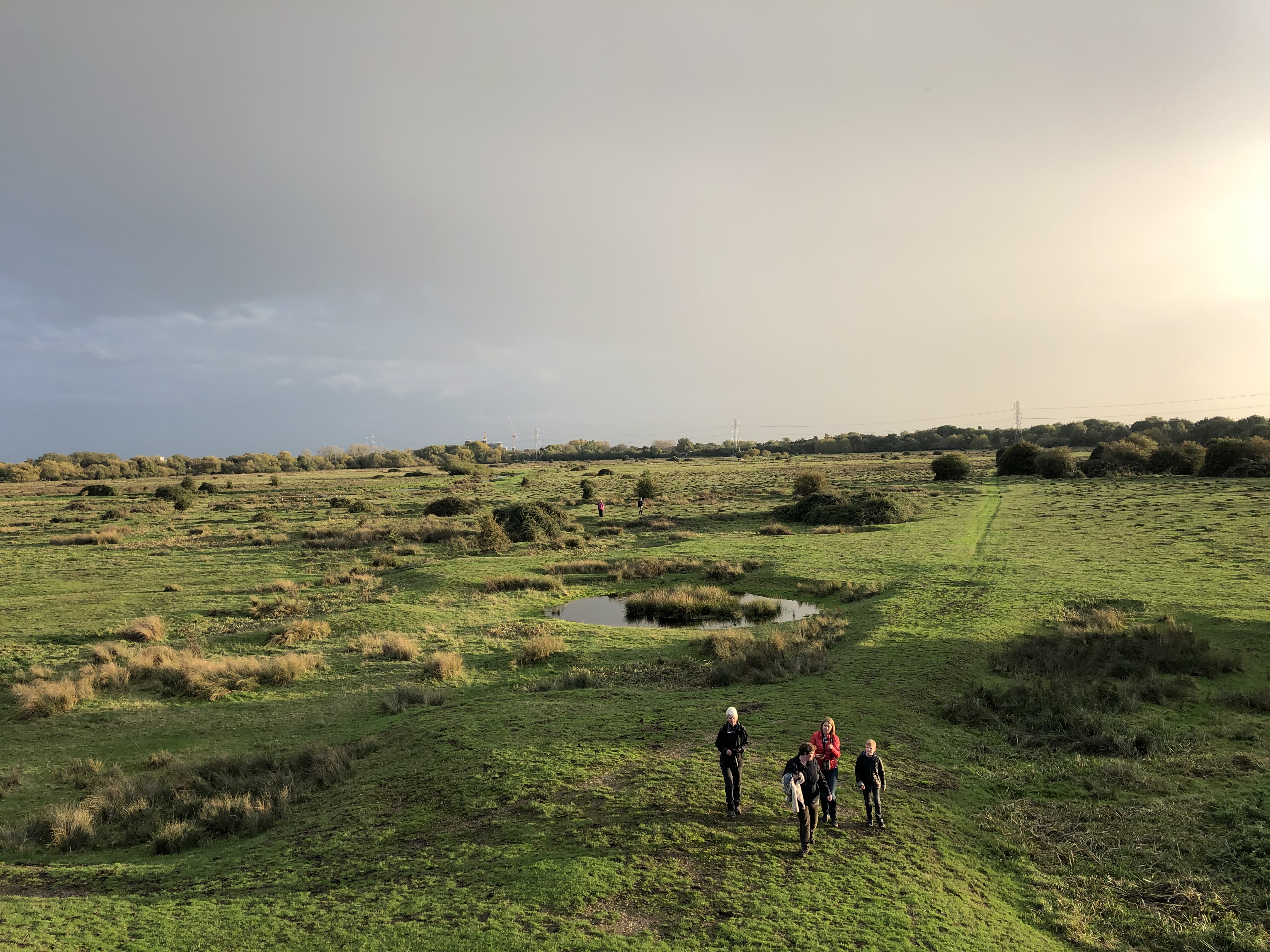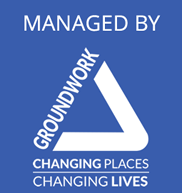One of our trustees explains why he cares so deeply about the Colne Valley Regional Park and campaigns tirelessly to save it from being eaten away by developers. His message is clear: “These threats are real, so now is the time to get involved”.
ANTHONY LONGDEN was born and bred in Uxbridge, and spent 30 years working as a journalist, editor and senior executive in local newspapers including the Uxbridge Gazette, Bucks Free Press, Buckinghamshire Advertiser, Windsor, Slough & Eton Express, Watford Observer and Middlesex Chronicle. He is now a crisis communications specialist, and has been a trustee of the Colne Valley Regional Park since 2017, taking an active role in lobbying on its behalf.
How long have you known the Colne Valley Park?
I’ve known it all my life which, I’m afraid, is quite a while now.
How did you first get involved with the Colne Valley Park?
About five years ago, I took a walk from my home in Uxbridge out to Denham and was so appalled by the state of the path under the A40 that I complained to several local organisations and authorities about it. The Colne Valley Park was the only one that responded and pledged to take action. That prompted further discussion and a meeting, and before I knew where I was, my friend John Randall – now our President – had endorsed my application to become a director. My bluff had been well and truly called, and the lesson is that if something is wrong, we can all play a part in trying to put it right.
Why is the Park so important?
It really is a precious, though extremely fragile area of countryside. Its survival on the very fringes of London is miraculous, and it plays a vital role as a ‘green lung’ for more than three million people who live within ten miles of it. It really came into its own during the Covid-19 lockdowns, when thousands of people discovered some really fabulous areas and waterways right on their own doorstep.
The footpath under the A40 which leads to Denham Country Park was in urgent need of improvement. Learn more here about the work done to improve this area since, under the Lottery Landscape Project.
Are you worried that so few people have heard of it?
Yes, although that has begun to change. The main problem is that lots of people have their own favourite piece of countryside or stretch of river or canal, but may not realise it is actually part of the Colne Valley Park. We are continuing to work hard to explain the strategic importance of that wider regional identity, and have noticed from traffic to our website and on social media that more and more people are beginning to take an active interest.
Is it really under such a huge threat?
Yes, it really is. I have been actively involved with the Colne Valley Park since 2017, and have been profoundly shocked at the waves of colossal and highly controversial planning applications that are constantly breaking over it. There are more now than ever before, which is alarming to say the least.
Can you give any examples?
At the top end of the horror list are giant infrastructure projects, such as HS2 – which has permanently marred some of the most beautiful views across the valley – and the planned third runway and further expansion at Heathrow Airport.
The airport plan would swallow around 1,200 acres of Green Belt land, 900 of them in the Park itself, as well as wiping out an entire village and wreaking havoc on the ancient river system.
No fewer than five rivers will be diverted, covered over, netted or otherwise messed around with, and this scale of brutal interference with the natural environment is unprecedented outside China.
If it goes ahead, we believe the expansion will effectively sever the links between the Chiltern chalk streams in the north – considered a globally rare habitat – and the Thames to the south. This is a price that cannot be worth paying, especially for something that is ultimately a privately owned commercial concern run for profit, which is why we continue to oppose it with all our might.
The Colne Valley Regional Park in 2018
Compare the maps – All this in just four years
The Colne Valley Park is Fighting for its life: learn more about the development threats
The immediate future showing approved schemes (current Pinewood Studios expansion & Hs2 works) and if planned proposals from Local Authorities and others) are followed through.
Any others?
Far too many, unfortunately. We were appalled that approval was given for a significant expansion and creation of a theme park in the Green Belt at Pinewood Studios. Frankly, I’m still struggling to see what possible justification there can be for such an act of planning vandalism – the site is right on top of Black Park, one of the jewels in the crown of the Colne Valley Park, and gigantic buildings there are already blighting the view of the countryside from Uxbridge. The traffic generated will be a nightmare, and the area urbanised.
We also face multiple applications for motorway service areas in Green Belt on the M25, huge data centres, and a host of individual proposals that all eat away at the character of the area. It really is a death by 1,000 cuts, and once this countryside is gone, it’s gone.
We are not anti-development, we are pro-countryside. That means making the countryside a viable, vibrant place in which to live and work, combining wildlife, farming, leisure and commercial activity in a carefully planned and interdependent way.
You can find out much more about our six objectives, and more about the extent of the threats facing us elsewhere on the website.
What can people do to help?
In 2018, we worked hard to win funding from the National Lottery for a Landscape Partnership, and with the addition of match funding, we were granted more than £2.6m to fund 19 projects around the Colne Valley for three years. It has made an enormous difference.
For example, one of those projects was to establish a team of volunteer River Rangers. These are ordinary people who have been trained to help us carry out environmental checks such as riverfly monitoring, or more physical tasks like removing invasive aquatic plants such as floating pennywort, which can grow up to 10cms a day in summer.
Others who are perhaps less suited to wading around in the water, help keep an eye on the general state of the waterways, reporting any pollution incidents or other problems that they come across.
We also have cattle checkers, who keep a close eye on the well-being of grazing cows in the fields around the Park.
And some of our corporate supporters have arranged litter-picking days as part of their team-building programmes for staff. They have been enormously successful and we are hugely grateful for their support.
Again, you can find more details of volunteer opportunities on our website.
With all this pressure, do you think the Park can survive in the longer term?
Yes – but it needs the political will to maintain the Green Belt, which is the only formal protection we have. All too often, commercial concerns trump those of the environment, and where proposals go ahead, the mitigation offered ostensibly to balance their huge impact is pitiful when compared with the financial value of what is being built.
Which is your favourite bit of the Park?
That’s a very difficult question. The areas and waterways around Uxbridge are the ones I know best, but I was astonished by the extent and beauty of Harmondsworth Moor. There is also the magnificent Great Barn at Harmondsworth, built in around 1420, which John Betjeman described as ‘the cathedral of Middlesex’, and ancient, deeply atmospheric Staines Moor. There is so much to see – I keep on discovering new delights all the time. My best advice is to get out there and see it for yourselves – you’ll be very glad you did.
Harmondsworth Moor
Harmondsworth Great Barn
Staines Moor

